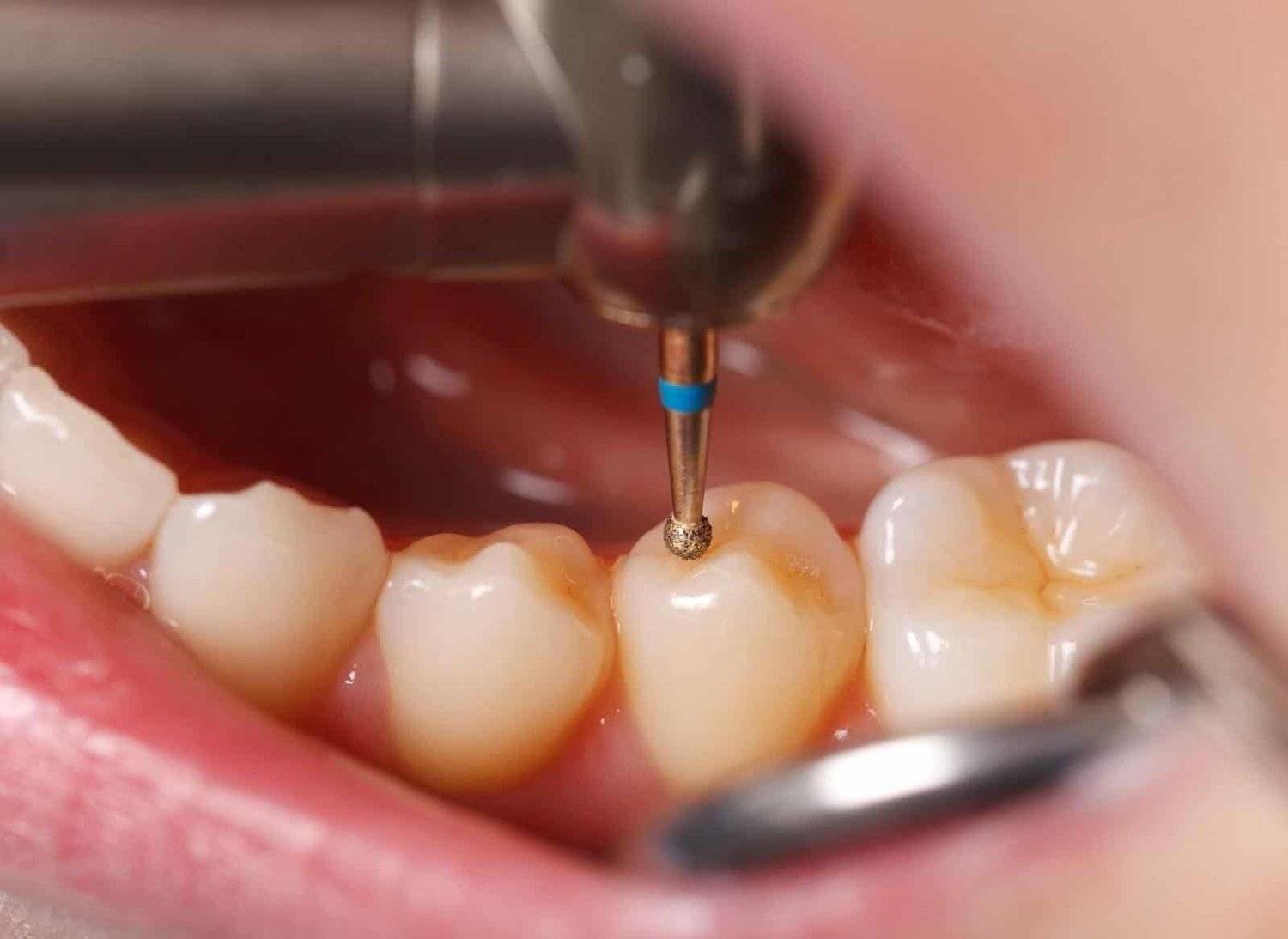If you’ve recently had a cavity treated, you might be wondering, can I brush and floss normally after a filling? The short answer is yes—but with some care. Maintaining oral hygiene is essential after a dental filling, but gentle brushing and flossing techniques help avoid discomfort and protect the restoration. Knowing what to do (and what not to do) in the hours and days following a Dental Tooth Filling in Dubai can help you avoid irritation and ensure your tooth heals properly.
Why Oral Hygiene Matters After a Filling?
Just because a cavity has been treated doesn’t mean your oral care routine can relax. In fact, brushing and flossing remain crucial to prevent further decay, gum issues, and damage to the surrounding teeth.
Here’s why hygiene is important post-filling:
- It prevents decay around the edges of the new filling
- It protects neighboring teeth from developing new cavities
- It maintains gum health and reduces inflammation
- It helps extend the lifespan of the filling material
Neglecting dental hygiene after a filling can lead to additional treatments and long-term oral health problems.
Brushing After a Filling: Best Practices
You can brush your teeth on the same day you get a filling, as long as you do it gently and wait until the numbness wears off to avoid biting your cheek or tongue. The type of filling you receive may affect your comfort level, but not the need for brushing.
Tips for brushing after a filling:
- Use a soft-bristled toothbrush to reduce irritation
- Choose a non-abrasive toothpaste, especially for composite fillings
- Brush gently around the treated tooth to avoid pressure
- Wait at least 2–3 hours after the procedure if your mouth is still numb
- Avoid brushing vigorously or using whitening toothpaste temporarily
Gentle care allows the area to adjust without causing unnecessary pain or damaging the new restoration.
How to Floss Around a New Filling?
Flossing can feel tricky after a dental filling, especially if the treated tooth is sore or the contact point feels tighter than usual. However, it’s safe and important to floss—even on the day of your procedure—unless your dentist advises otherwise.
Smart flossing techniques post-filling include:
- Slide the floss gently between teeth—don’t snap it
- Curve the floss in a C-shape around the filled tooth
- Ease the floss back out instead of pulling straight up
- If flossing causes pain or catches, let your dentist know—it could be an adjustment issue
- Try waxed floss for smoother movement between tight contacts
Avoid aggressive movements, as they can pull at the filling if it’s still settling or if the contact isn’t perfectly smooth.
What to Avoid Immediately After a Filling?
In the first 24 hours following a filling, your tooth may be slightly sensitive. Being mindful of your oral care routine during this time can prevent discomfort and ensure your filling settles well.
Avoid these common mistakes after a filling:
- Brushing too hard or with a stiff-bristled toothbrush
- Using mouthwash with alcohol, which may irritate the area
- Eating sticky or hard foods that can loosen the filling
- Ignoring pain or sensitivity—always follow up with your dentist if it worsens
- Flossing too forcefully or using toothpicks around the area
Let your tooth adjust naturally, and keep your hygiene routine calm and consistent.
Long-Term Care for Teeth With Fillings:
Once your Dental Tooth Filling Treatment tooth has settled and any sensitivity has passed, you can return to your normal brushing and flossing routine. The key is consistency and attention to technique, not force.
Ongoing care tips for teeth with fillings:
- Brush at least twice daily with fluoride toothpaste
- Floss once a day to keep spaces between teeth clean
- Visit your dentist every 6 months for check-ups and cleanings
- Avoid grinding your teeth—use a mouthguard if necessary
- Limit sugary snacks and acidic drinks that can weaken fillings
So, can you brush and floss normally after a filling? Yes—just make sure you’re doing it gently and correctly. Proper oral hygiene not only protects your new filling but also supports your overall dental health for the long run.

